How Does Debt Recovery in Queensland Work?
In Queensland, debt recovery is an essential process for businesses, sole traders, and professionals seeking to recover unpaid invoices or overdue payments. Whether you're chasing a small debt or a substantial sum, knowing how to recover debt efficiently can protect your cash flow and avoid unnecessary legal complications.
This guide outlines essential steps of the debt recovery process — from early follow-ups to court enforcement — so you can take the right action at the right time.
What is Debt Recovery?
Debt recovery refers to the legal and administrative process used to reclaim money owed by a customer, client, tenant, or borrower. It may involve unpaid invoices, loans, rent, or damages under a contract.
Initially, many matters are resolved informally. If the debt remains unpaid, you may need to escalate the matter to the Queensland Civil and Administrative Tribunal QCAT or the courts, depending on how much is owed.
Step-by-Step Guide on Debt Recovery in Queensland
Step 1: Verify the Debt
Before starting formal recovery efforts, ensure the debt is valid. This means reviewing:
- Agreed payment terms
- The outstanding amount
- Supporting evidence, including:
- signed contracts
- detailed invoices
- emails
- text messages
- delivery receipts
- account statements
Documentation helps establish the debt's existence, the repayment terms, and the debtor’s failure to pay. This is essential if the matter proceeds to court.
Remember, in any legal action, clear documentation is vital.
Step 2: Informal Contact
Sometimes, debt recovery starts with a reminder. A courteous phone call or email can be surprisingly effective. Remember, people sometimes fail to pay because they’ve lost the invoice, forgotten about it, or misunderstood the terms.
If there’s still no response, consider following up with written communication that details the amount due, reference number, and payment deadline.
Step 3: Letter of Demand
A letter of demand is a formal written notice asking the debtor to pay by a specific date. It sets out:
- The amount owed
- What the debt relates to
- A warning of potential legal action if payment isn’t made
This step is crucial in debt recovery, as it demonstrates you’ve taken reasonable steps before pursuing court action.
The Queensland Government offers a free letter of demand template, which you can access here.
Engaging a legal representative will help ensure that the letter of demand is effectively drafted and appropriately tailored to your legal objectives.
Step 4: Alternative Dispute Resolution (ADR)
When a dispute exists about the amount or liability, Alternative Dispute Resolution (ADR) methods, like mediation or negotiation, can save time and cost. These methods may be voluntary or recommended by the courts.
In cases where relationships matter, debt recovery through resolution—not litigation—can benefit both parties.
At Frigo James Legal, we believe that court action should be a last resort. We are experienced in ADR to achieve a quick, amicable, and cost-effective resolution. Call us now for expert advice.
Step 5: Legal Action
If informal approaches fail, initiating legal proceedings may be necessary. The right forum—QCAT or court—depends on the size of the debt:
| Amount Owed | Forum |
|---|---|
| Up to $25,000 | QCAT |
| $25,001–$150,000 | Magistrates Court |
| $150,001–$750,000 | District Court |
| Over $750,000 | Supreme Court |
Knowing the correct forum and court procedure is critical to avoid delays or dismissal.
Step 6: Obtain a Court Judgment
If the debtor does not respond or disputes the claim, the matter may proceed to trial. You can seek a default judgment if the debtor ignores the claim, or a final decision after a hearing if it’s contested.
A court judgment legally confirms the debt and allows you to take enforcement action if necessary.
Step 7: Enforce the Judgment
Unfortunately, winning a case doesn’t always result in immediate payment. If the debtor refuses to comply, you may need to enforce the judgment through one or more of the following:
- Enforcement warrant: Allows seizure and sale of assets
- Garnishee order: Redirects part of the debtor’s income or bank funds
- Statutory demand: A creditor’s notice demanding payment of $4,000+ within 21 days; non-compliance may lead to company liquidation.
- Bankruptcy proceedings: For individuals owing $10,000 or more
In debt recovery, enforcement can be complex. Legal advice is often needed to identify which method suits the debtor’s financial situation.
What are the Time Limits for Debt Recovery in Queensland?
You generally have six years from when the debt was due to start recovery action under a simple contract. Acting promptly is crucial, especially as older debts may become legally unenforceable.
If you're unsure about timelines, talk to one of our expert Gold Coast Commercial Litigation Lawyers today.
Should You Engage a Lawyer?
While some creditors manage QCAT proceedings themselves, more complex matters or higher-value debts often require legal support. You should consider legal assistance if:
- The debtor disputes the amount or liability
- The debt is significant or time-sensitive
- You're unsure how to prepare or serve court documents
- You need help with enforcing a judgment
Our Commercial Litigation Lawyers on the Gold Coast can help reduce your risks, speed things up, and improve your chances of recovering the debt.
Case Insight: Barrett Group Pty Ltd v Kenik Pty Ltd
In Barrett Group Pty Ltd v Kenik Pty Ltd [2025] QSC 25, the Queensland Supreme Court highlighted key principles in debt recovery, especially where insolvency is involved.
Kenik Pty Ltd, a construction business, was liquidated after it didn’t comply with a statutory demand from Barrett Group. Despite having a $4.2 million adjudication award from a dispute with Taringa Property Group, Kenik had stopped trading in August 2023 and admitted it was insolvent. The company sought a stay, arguing an upcoming mediation might resolve matters. However, Justice Martin dismissed the request, stressing that courts rarely allow insolvent companies to delay winding-up based on uncertain litigation outcomes.
Key Takeaways for Debt Recovery in Queensland
- Statutory Demands Are Effective: They remain a powerful tool for creditors seeking how to recover a debt.
- Insolvency Takes Precedence: Courts will act on insolvency, even if future recoveries are possible.
- Delays Are Risky: Kenik’s fragmented legal approach and delays weakened its case.
This decision underscores the importance of prompt, strategic action, particularly when a debtor shows signs of insolvency.
Tips to Prevent Debt Problems
Take these preventive steps to avoid disputes in the future:
- Always use written agreements with clear payment terms
- Invoice promptly and follow up regularly
- Offer early payment incentives or request deposits
- Conduct credit checks for new clients
- Take action quickly when payments become overdue
Proactive credit management can reduce your reliance on formal debt recovery processes.
Commonly Asked Questions About Debt Recovery in Queensland
What is the cost of engaging a debt recovery lawyer in Queensland?
- The cost varies depending on the complexity of the case. At Frigo James Legal, we offer a range of resolution methods with defined budgets to help you manage costs. Make an appointment now.
Will the person owing me money pay my legal costs if I win?
- If you win, the person owing you money may be required to pay your legal costs, but it’s up to the court's discretion. If they successfully defend, they may not have to pay.
What’s the benefit of hiring a lawyer instead of a debt collection agency?
- A debt recovery lawyer can provide legal advice, draft enforceable documents, initiate court proceedings, and enforce judgments—powers debt collection agencies don’t have. Lawyers also ensure full legal compliance, reducing the risk of procedural mistakes.
If I win the case, does that mean I’ll get paid?
- Not always. A court judgment confirms the debt is owed, but you may need to enforce it using tools like warrants, garnishee orders, or bankruptcy proceedings if the debtor still won’t pay.
Can I recover a debt without upsetting my clients or customers?
- Yes—start with polite reminders and professional communication. Offer flexible payment plans or use mediation. Staying respectful can help preserve relationships while still recovering what you're owed.
Final Thoughts
Whether you're chasing a late invoice or a significant contract debt, understanding the steps involved in debt recovery in Queensland is key to protecting your business. From informal follow-ups to court enforcement, each stage requires care, strategy, and proper documentation.
While you can start with basic steps like a letter of demand, don't hesitate to contact one of our expert Commercial Litigation Lawyers Gold Coast, especially if the debt remains unresolved. With the right support, you’ll be better positioned to recover what you’re owed—legally and efficiently.





